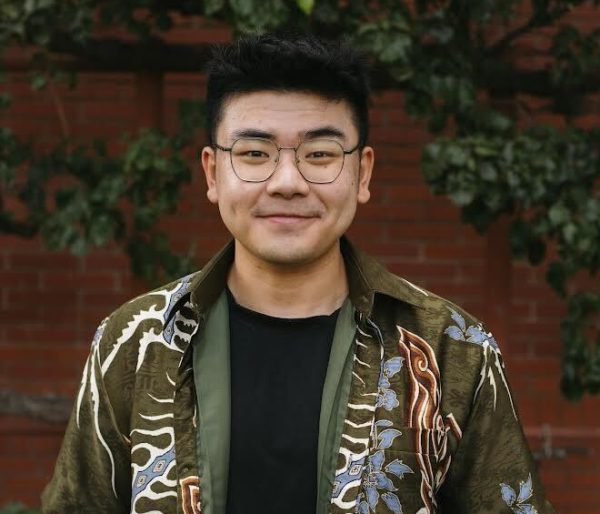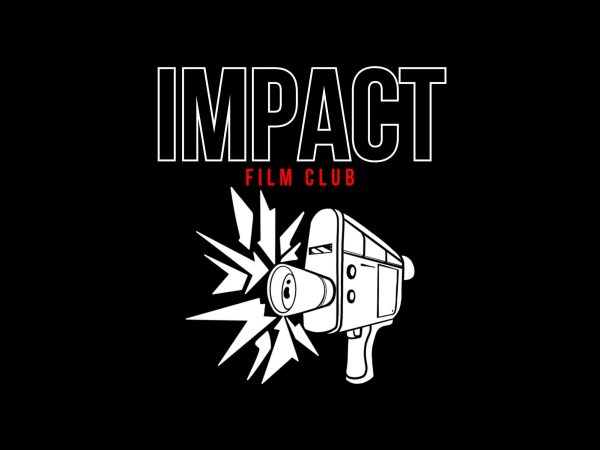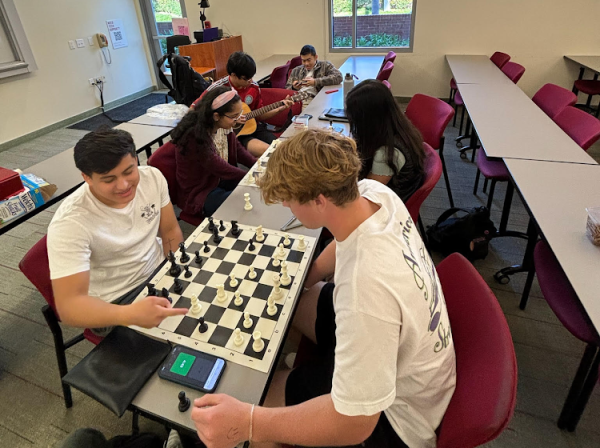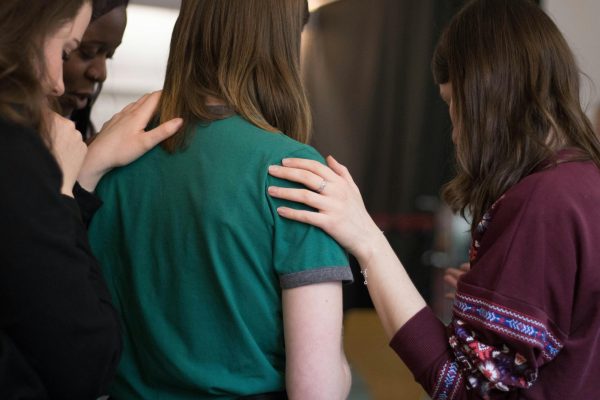“Battle in Seattle” explores social issues
Many people do not know of the events surrounding the World Trade Organization’s meeting almost 10 years ago in Seattle. Some of us may vaguely remember the news of protests and riots on the West Coast, but globalization is part of our everyday vocabulary, and the events of 1999 were crucial to raising awareness for its impact on developing countries, labor and the environment.

‘Battle in Seattle,’ directed by Stuart Townsend, is a historical drama that focuses on the 1999 demonstration that took place in Seattle, protesting the World Trade Organization (WTO).
September 29, 2008
Many people do not know of the events surrounding the World Trade Organization’s meeting almost 10 years ago in Seattle. Some of us may vaguely remember the news of protests and riots on the West Coast, but globalization is part of our everyday vocabulary, and the events of 1999 were crucial to raising awareness for its impact on developing countries, labor and the environment.
Stewart Townsend’s documentary-style exposition “Battle In Seattle” is based on these events with fictional characters. Activists, led by Jay (Martin Henderson), Lou (Michelle Rodriguez) and Django (André Benjamin), map out strategies to stop the negotiations through nonviolent civil disobedience, though city staff are laying out their own plans to ensure the WTO meeting goes through in an orderly way. The mayor of Seattle, a pragmatic reporter, an AIDS activist, and a cop’s wife (Charlize Theron) get caught in the middle. Tensions escalate as the police begin to use force and some protesters become violent.
The first half of the film is a suspenseful buildup of tension and sense of foreboding. Close-ups, archival footage from the actual protests and jerky camera techniques a la “Cloverfield ” effectively heighten the documentary feel. Then, as if the filmmakers got too confident and decided to stop trying, the second half degenerates into a melodrama. Previously believable characters suddenly become contrived for the sake of soap opera plot devices. Many of Benjamin’s monologues work because his character thinks in stories and analogies, but other characters tend to become preachy mouthpieces telling the audience what to think.
The film is at its best when it shows instead of tells its message. Peaceful activists garner our sympathy for their brash vulnerability, if nothing else. While they are surrounded by the stark gray tones of the cloudy city, the monochrome riot police, and the black bloc anarchists, they wave bold picket signs, run across the street in butterfly costumes, and assemble in an easy target of random, ragtag colors. They carry bottles of water, anticipating pepper spray. They are willing to make a sacrifice for what they believe in.
With the current political climate and debate over civil liberties, the film could have easily devolved into a diatribe against the police. Instead, it portrays the cops as everyday people simply doing their job. In spite of the escalating conflict, there is no “bad guy” per se. The villain is the faceless WTO, invisible and as pervasive as Big Brother, looking down at the chaos from a safe distance.
This independent, limited release is a decent but flawed film and worth seeing for those who are interested in social issues. Or save your money, wait for the DVD, and go out for some fair trade certified coffee.






